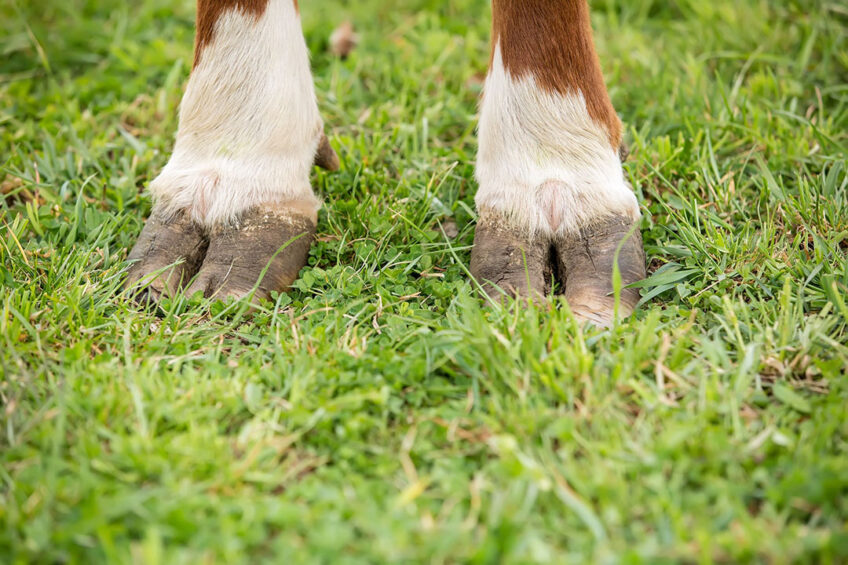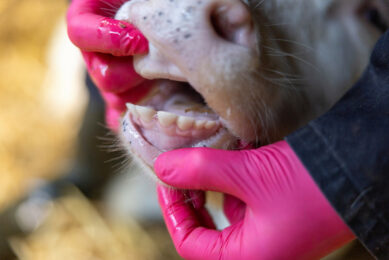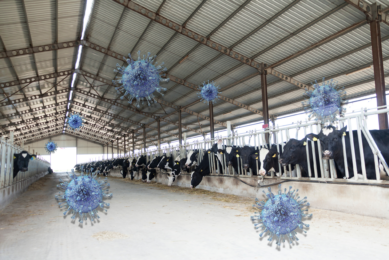Farmers’ perception of lameness in their dairy herds

Understanding what motivates and prevents behavioural changes in farmers is a critical step in disease control in dairy cattle.
Researchers looked at whether lameness prevalence in dairy herds could be predicted from farmers’ reports of their motivation to control lameness and the barriers to doing so.
The study involved 101 New Zealand dairy farmers across 8 regions who were randomly enrolled into a cross-sectional study to investigate the barriers and motivators. All the cows were managed 100% at pasture.
Trained technicians lameness scored all lactating cows on the enrolled farms on 2 occasions during 1 lactation. Farm-level prevalence proportions were calculated as the mean of the 2 lameness scores.
Enrolled farmers were asked their perception of lameness in the current milking season and responded to 26 ordinal Likert-type items with 5 options ranging from not important at all to extremely important. The questions were grouped under 3 categories:
- Barriers to lameness control (n = 9)
- Impacts of lameness (n =10)
- Motivators to control lameness (n = 7)
The association between farmer perception of lameness and lameness prevalence was reporting using linear regression. Multiple factor analysis was used to assess if barriers, impacts and motivators could be used to predict farmer perception of lameness and lameness prevalence.
Results
Lameness prevalence was 0.8% greater on farms where farmers perceived lameness as a moderate or a major lameness problem compared with farms where the farmer perceived lameness as a minor problem or not an issue.
Farmers ranked all potential motivators to lameness control as important and declared few barriers to be important at preventing them from controlling it. Feeling sorry for lame cows and pride in a healthy herd were the 2 most important motivators, with lack of time and skilled labour the most important barriers. The most important impacts of lameness were cow-related factors such as pain and production, with farm and industry impacts of less importance.
Despite relatively low lameness prevalence, many New Zealand farmers believe it is an issue on their farm and they rank welfare impact of lameness of high importance.
To investigate how farmer behaviour changes could be used to manage lameness, future studies should consider theoretical social science frameworks beyond the theory of planned behaviour and/or involve prospective interventional studies investigating farmer actions instead of beliefs.
• The observational study has been published in the Journal of Dairy Science
Join 13,000+ subscribers
Subscribe to our newsletter to stay updated about all the need-to-know content in the dairy sector, two times a week.










